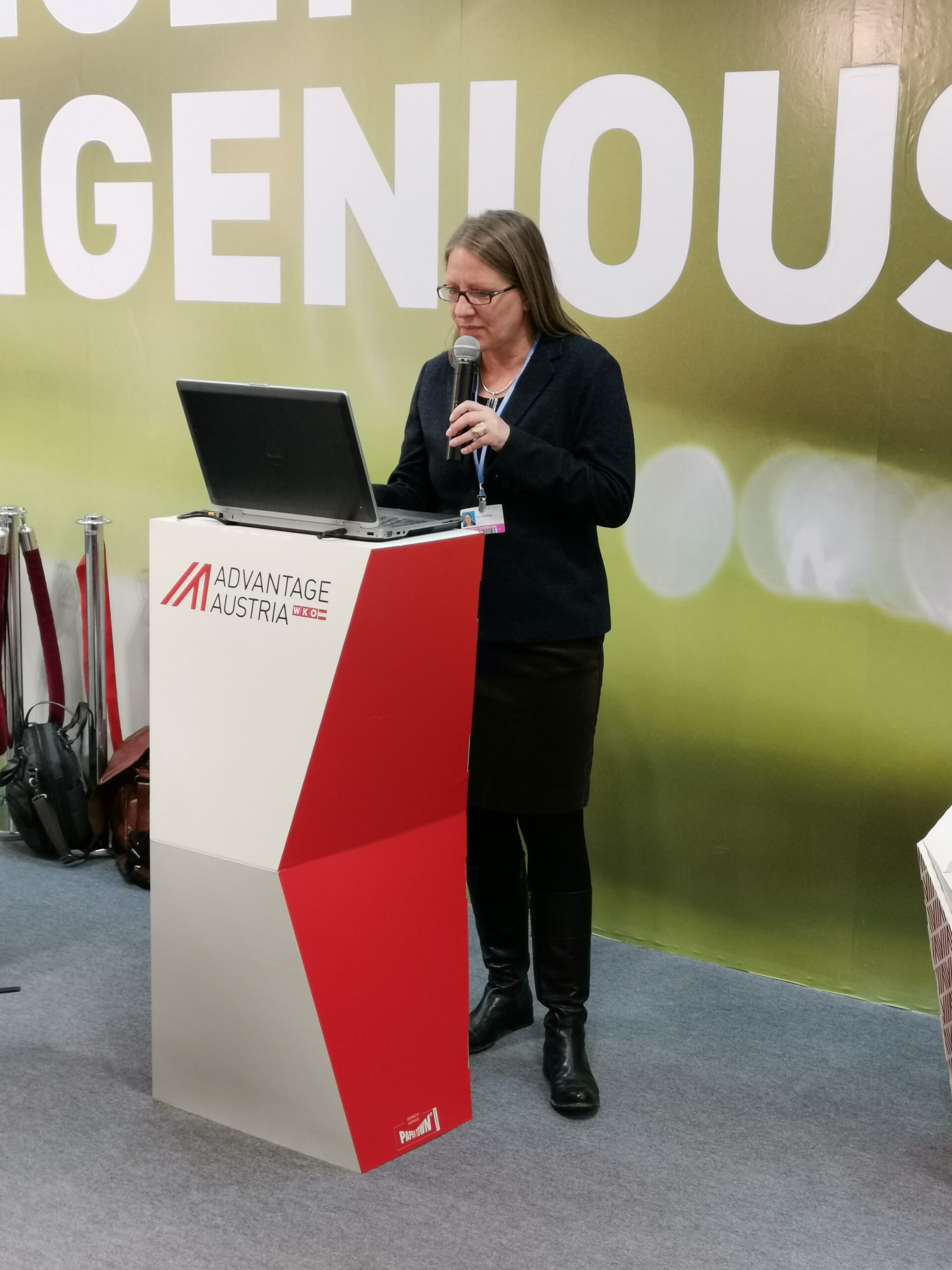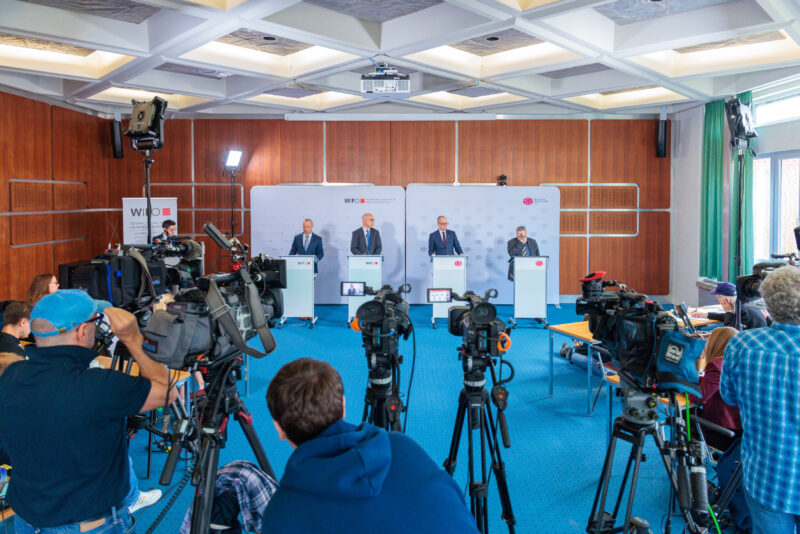
Ina Meyer at COP24
International CO2 prices play a decisive role as a rational decision-making basis for investors and households in orienting their activities towards decarbonisation. They enable collective action in the sense of climate protection without distortion of competition and "carbon leakage" and prize the external costs of climate change on a polluter-pays basis. Thus, the Transition scenario sets cross-sector CO2 prices and assumes a worldwide commitment to achieving the goals of the Paris Climate Agreement.
In order to achieve national climate targets, a reduction in energy consumption is necessary. The basis for this reduction is investment in technology-led energy efficiency gains for capital and consumer goods as well as changes in behaviour and lifestyle with regard to energy-relevant demand patterns. A mandatory reduction in final energy demand to 599 PJ was calculated for 2050.
An extensive restructuring of the energy system towards renewable energy sources and electrification is required. In the Transition scenario, final energy demand for petroleum products in 2050 is 91 percent lower than in the Reference Scenario, 57 percent lower for natural gas and 78 percent lower for coal. Final demand for renewable energy sources is also 18 percent lower than in the Reference Scenario due to lower overall energy demand, and the demand for electricity is similarly high as in the Reference Scenario, but much higher than without decarbonisation.
For a significant reduction in energy consumption in all sectors and at all levels of energy use (final energy, transformation, losses), comprehensive political packages of measures must be implemented that include broad societal discussion and participation of all stakeholders and lead to a positive narrative for society as a whole. Measures outside the energy systems, such as, for instance, new working time models, are also relevant here (http://www.umweltbundesamt.at/umweltsituation/industrie/einfluesse/energieszenarien/energieszenarien2017/).
Mitigation of dangerous climate change by limiting the temperature rise to a maximum of +2°C compared to pre-industrial levels and, if possible, below this level, avoids the substantial economic costs of climate change arising, for example, from the increase in extreme weather events and associated damages. In the case of successful global decarbonisation, an average annual economic growth rate of 1.7 percent has been calculated for Austria according to the assumptions of the Transition scenario, driven by extensive investments in a carbon-free economy.
Links:
https://www.wifo.ac.at/publikationen/publikationssuche?detail-view=yes&publikation_id=61089,
https://www.wifo.ac.at/publikationen/publikationssuche?detail-view=yes&publikation_id=61103
Please contact
























